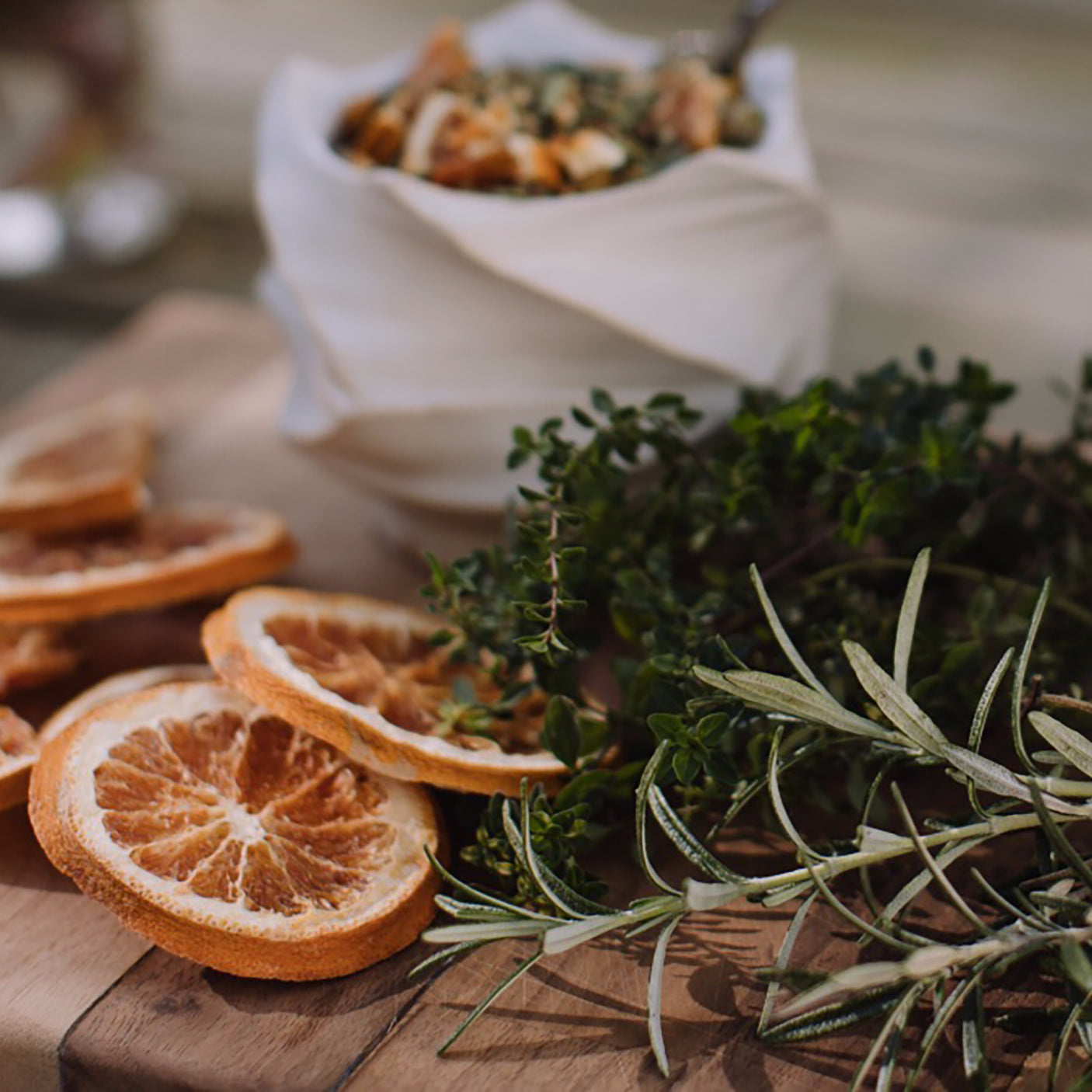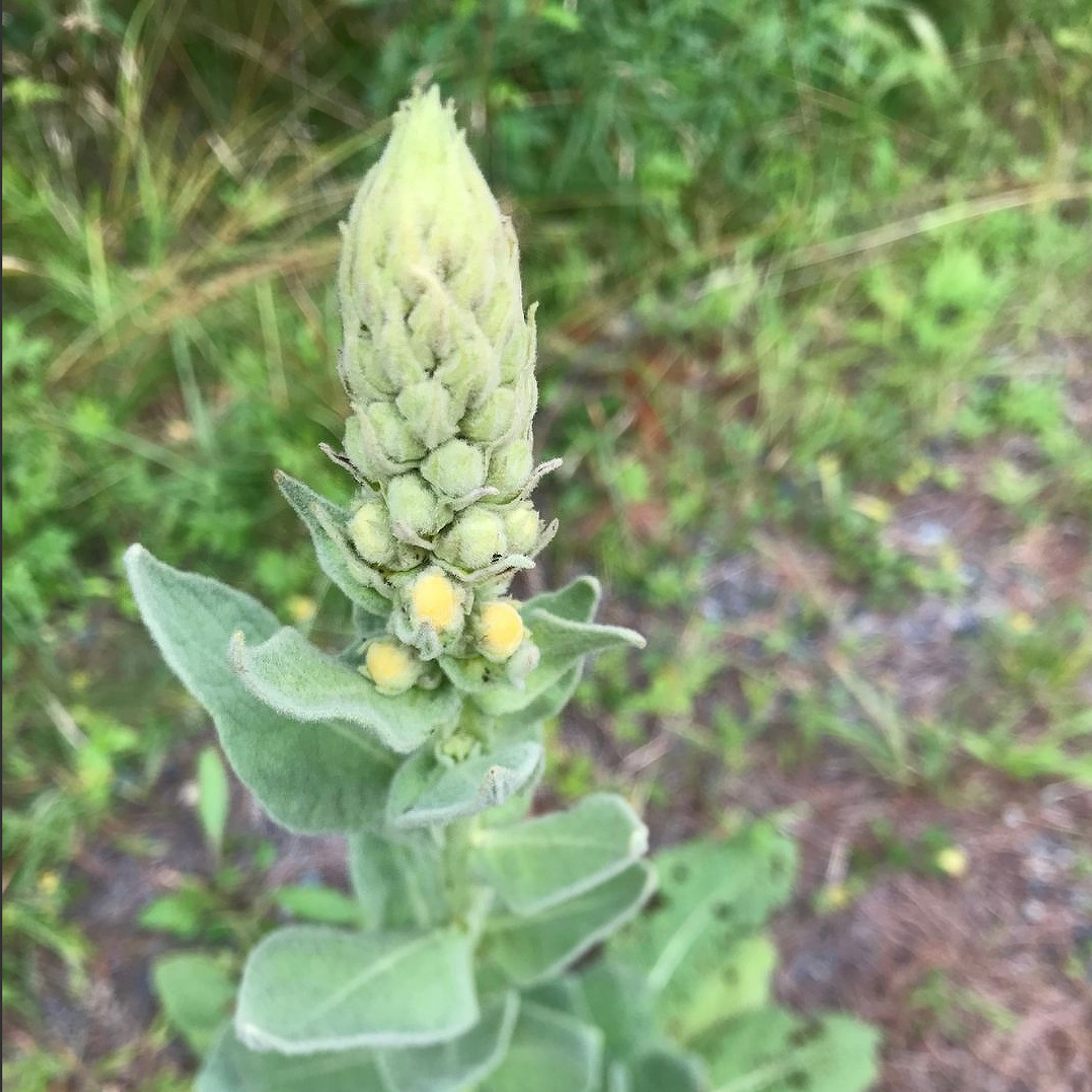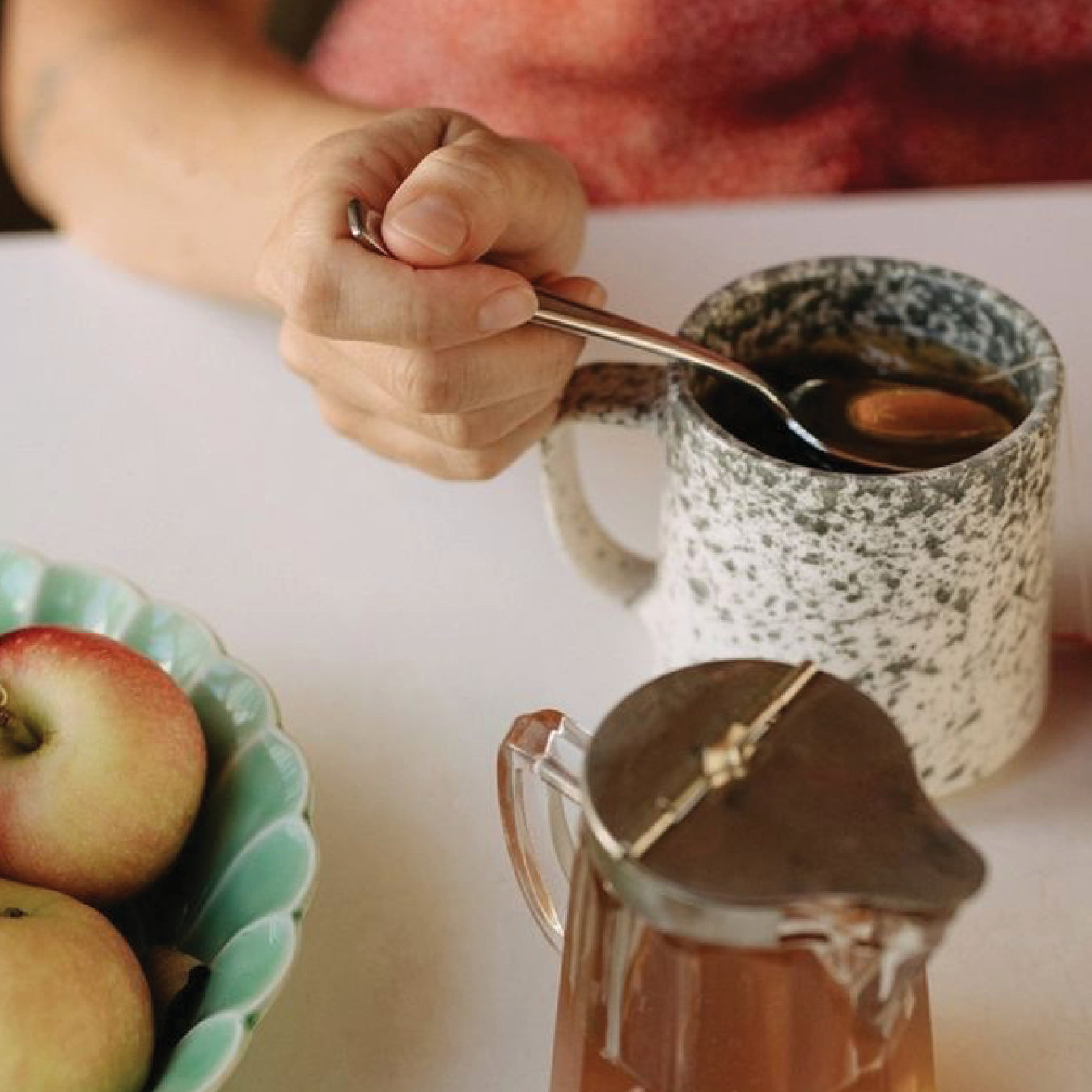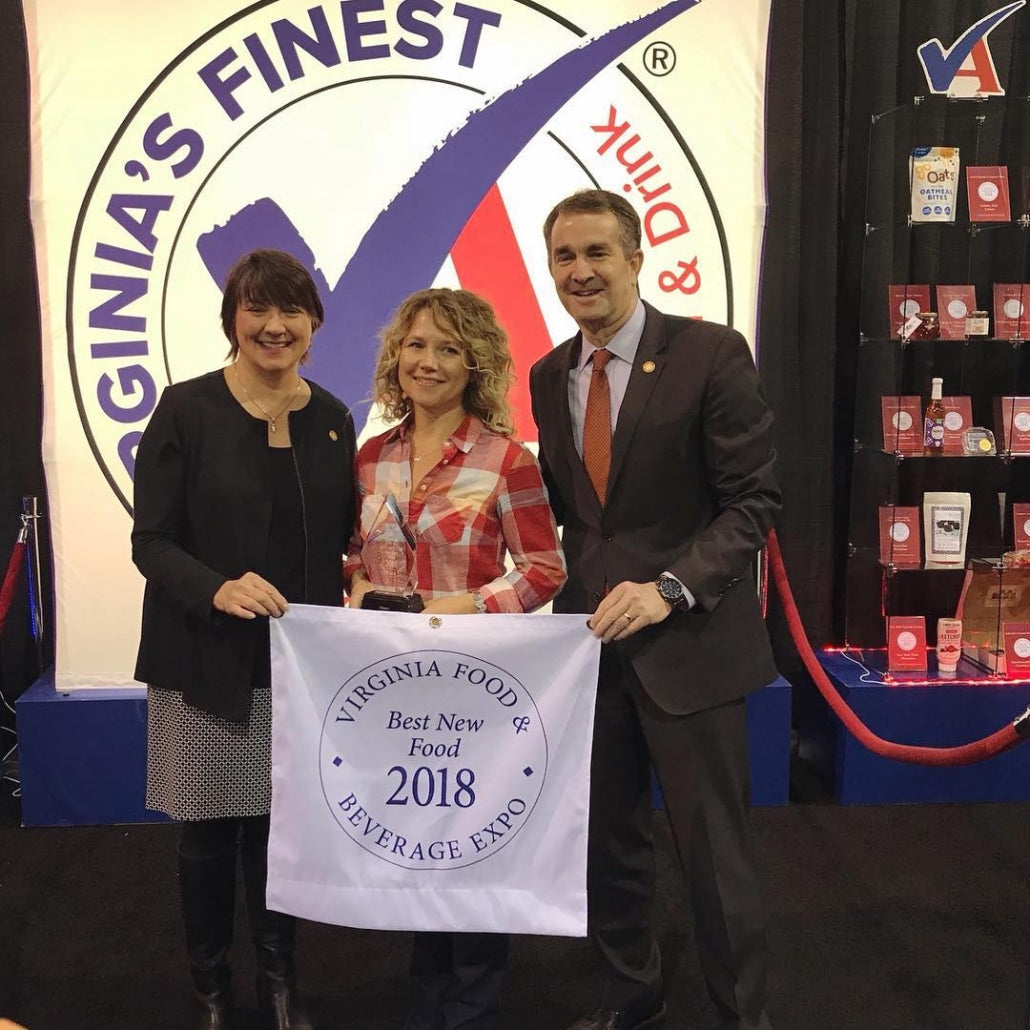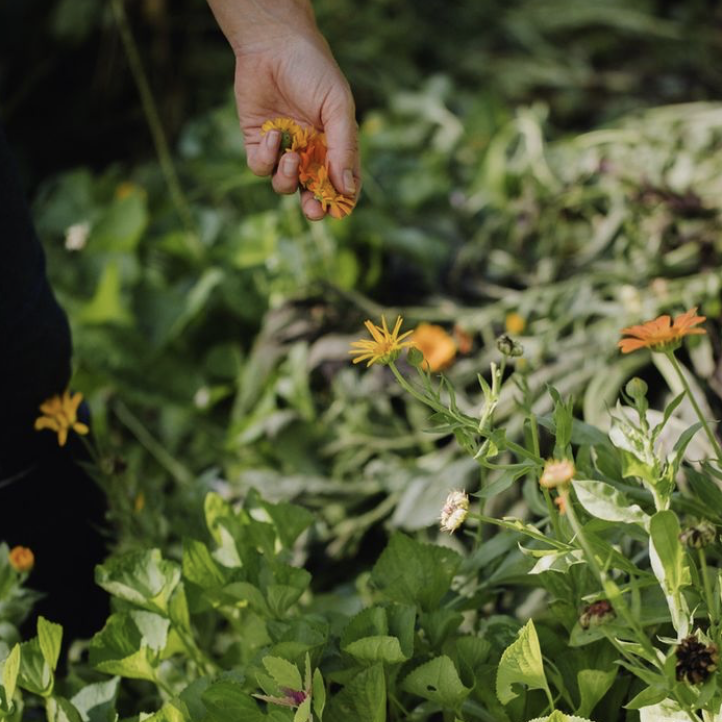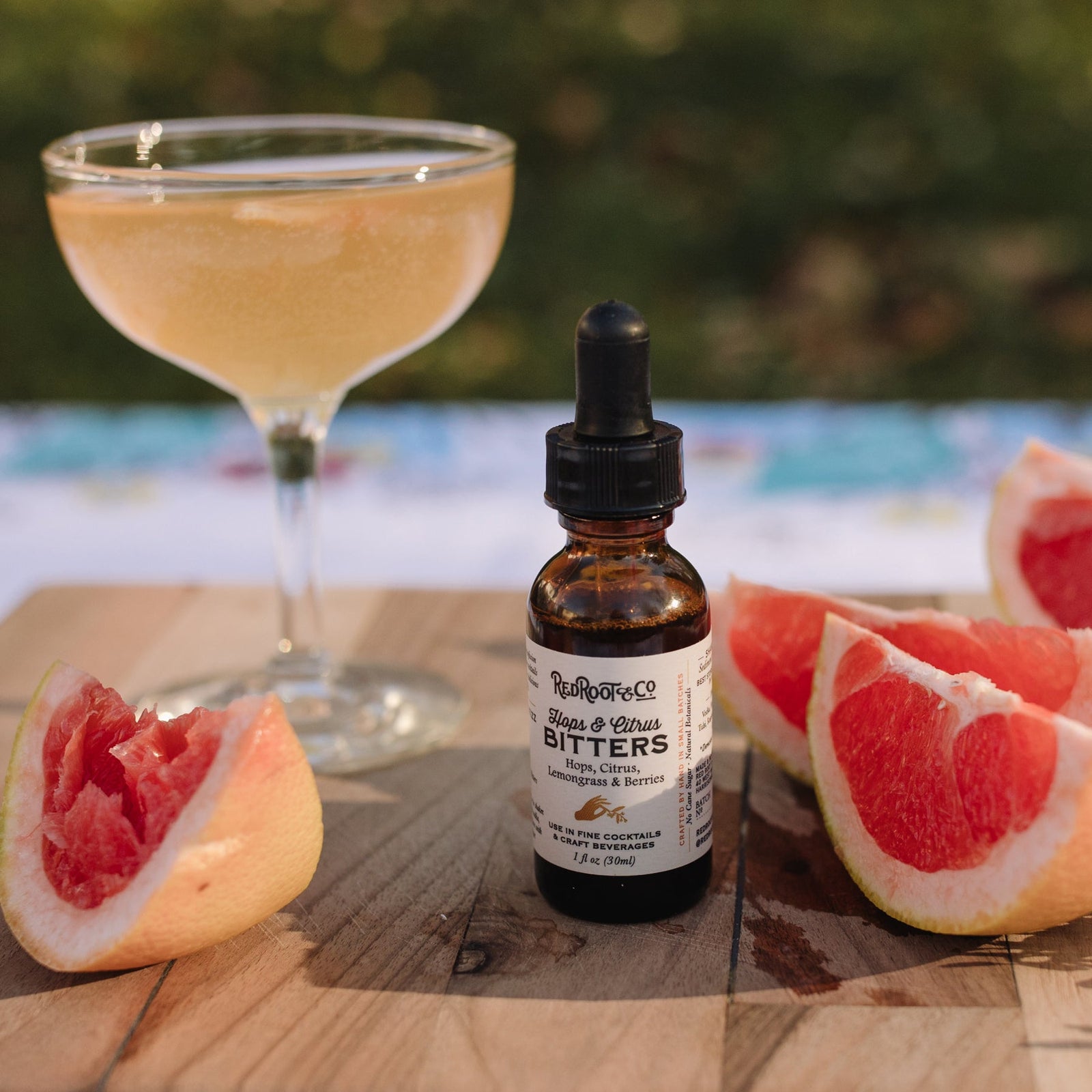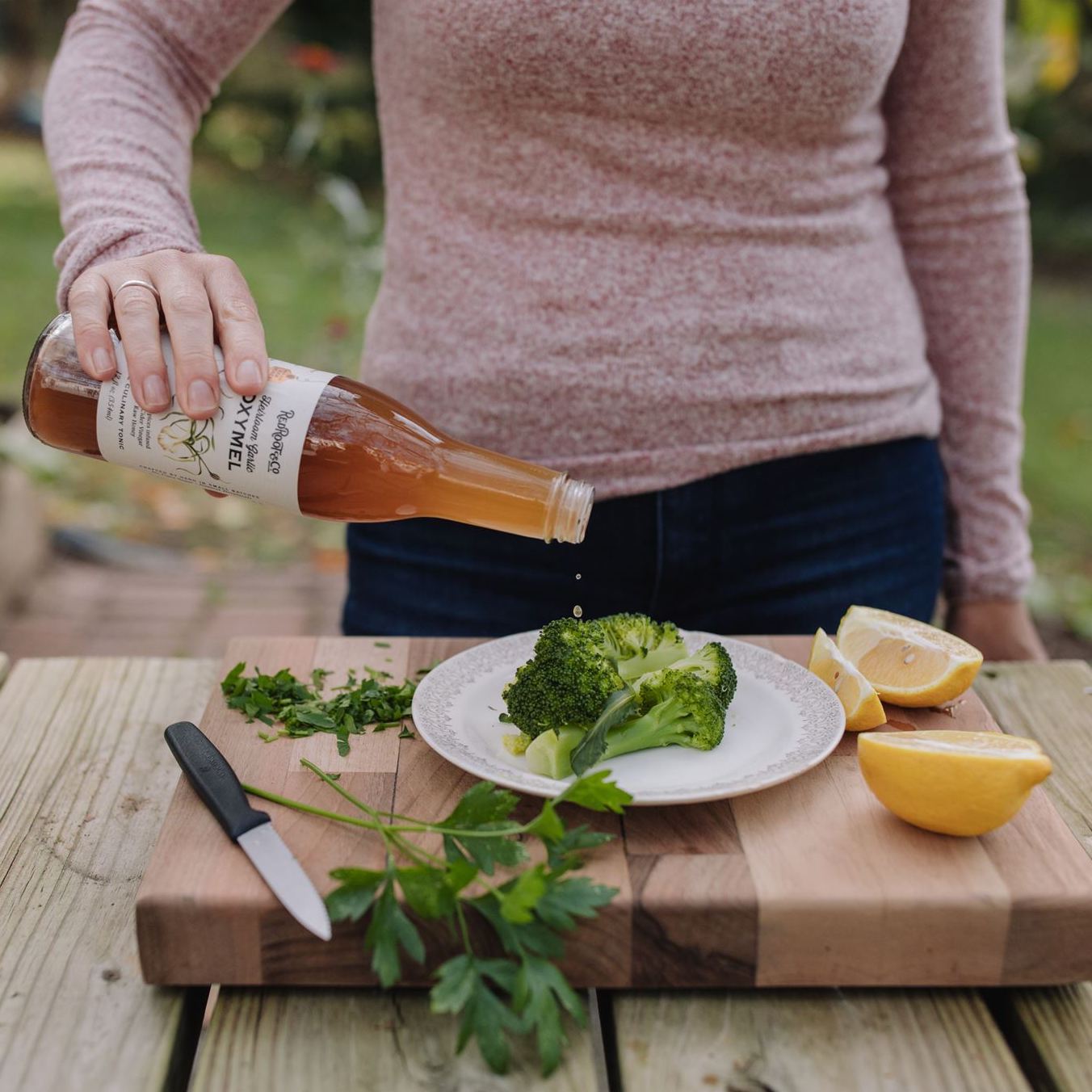

Summer flowers also can be made into flower essences which require very little plant material, typically just one flower. Summer Virginia wildflowers that make nice essences include St. John's Wort, Marshmallow, and Rose. Flowers transfer their healing energies to water, and flower essences are plant remedies that work with our bodies on an emotional level. Flowers have potent energy so it is no wonder we are all attracted to their beauty!
*Note: Use caution when creating your own flower essences. Many homeopathic solutions rely on plants that can be toxic if eaten or prepared incorrectly. Flower essence remedies are based on vibrational energy of plants and flower essences can be prepared without using plant material. Always use a reliable reference for home preparations. If you are curious to learn more about flower essences or to make your own, check out The Essential Writings of Dr. Edward Bach: The Twelve Healer and Heal Thyself. Dr. Bach was a pioneer in the art and science of flower essences.
When harvesting wild plants proper plant identification is of utmost importance, many plants have similar attributes at first glance but a deeper dive into specifics helps ensure you have the right plant. Local classes and plant walks are invaluable in learning new plants, and it’s always important to have a plant identification book in your back pocket. A few of our favorite ID books include: Wildflower Guide, by Lawrence Newcomb and A Field Guide to Wildflowers, by Roger Tory Peterson and Margaret McKenny. When seeking plants for harvest, make sure you have helpful tools. Garden clippers, harvesting basket, gardening gloves (for prickly plants) and if you are hiking a distance, a harvesting basket to carry on your back (a backpack can also work for this). Harvesting baskets are ideal for transporting plants, as plants don’t easily get bruised or crushed.
 We adore plants that grow in our garden, but it is something different to embrace and harvest a plant that is growing in the wild. When harvesting from Mother Nature, we only want to take what we need making sure we leave plenty for wildlife, other humans and for the plant to continue reproducing.
We adore plants that grow in our garden, but it is something different to embrace and harvest a plant that is growing in the wild. When harvesting from Mother Nature, we only want to take what we need making sure we leave plenty for wildlife, other humans and for the plant to continue reproducing.After your harvest, you need to consider how to handle, prepare and use your herbs. This step is best contemplated prior to your foraging outing. How will you process the lovely plants you bring home? This question will guide your harvesting choices. For some plants, you may want to use them immediately in tea or for cooking. Others may need to be dried; drying plants on very low heat in a dehydrator is best to keep their integrity. Maybe your fresh herbs will directly begin infusing in vinegar to make an oxymel, or macerating in alcohol to make a tincture. As you consider how to incorporate your foraged goods, it is best to consult books such as The Herbal Medicine-Maker’s Handbook, by James Greene or Medicinal Herbs: A Beginners Guide, by Rosemary Gladstar for tips and ideas on best practices for caring for harvested plants. Often the herbal preparation options seem endless, and creative inspiration is always encouraged in herbalism.
If you are new to foraging, but ready to start the journey, pick one plant that you can properly identify and settle on one way you’d like to experiment with this plant—adding to a meal, making an herbal vinegar, creating a solar flower essence or crafting a plant tincture. Embrace and enjoy the bounty of Mother Nature this Summer!



